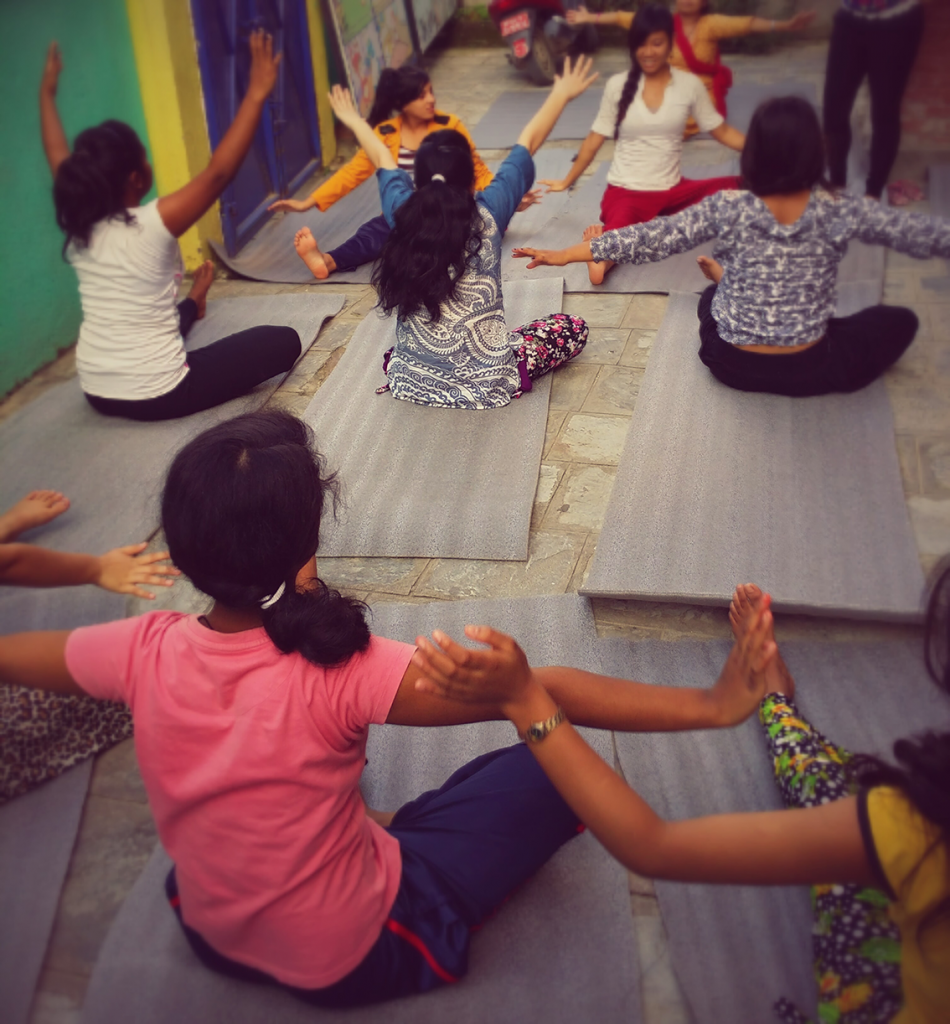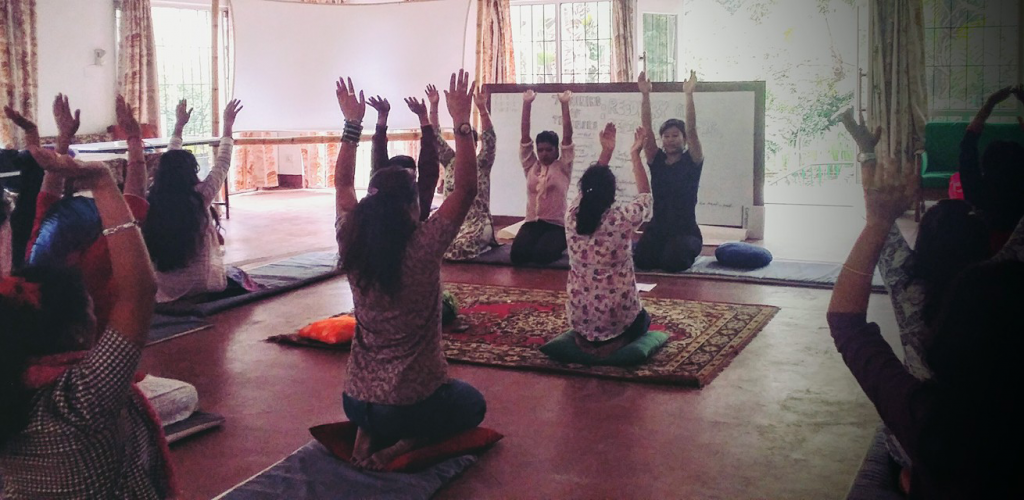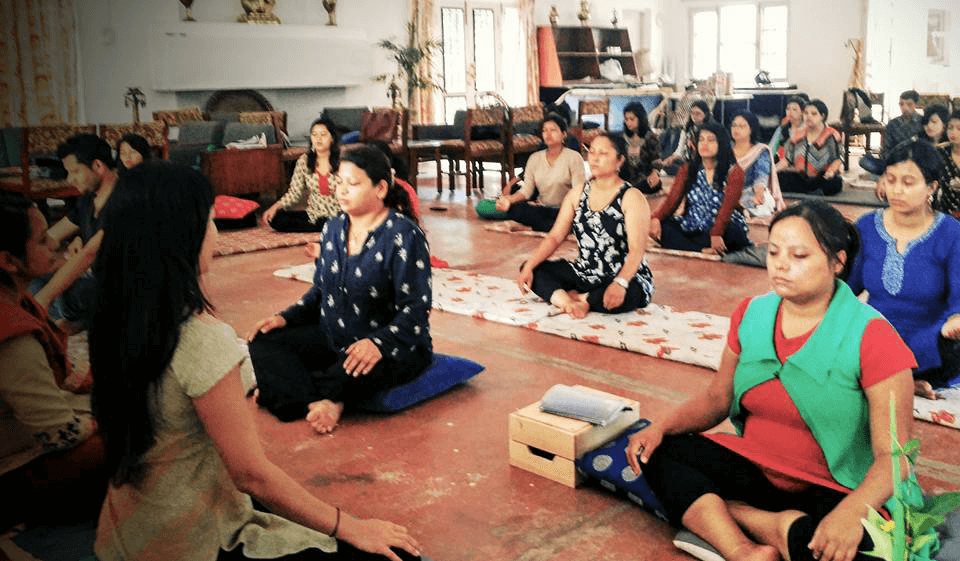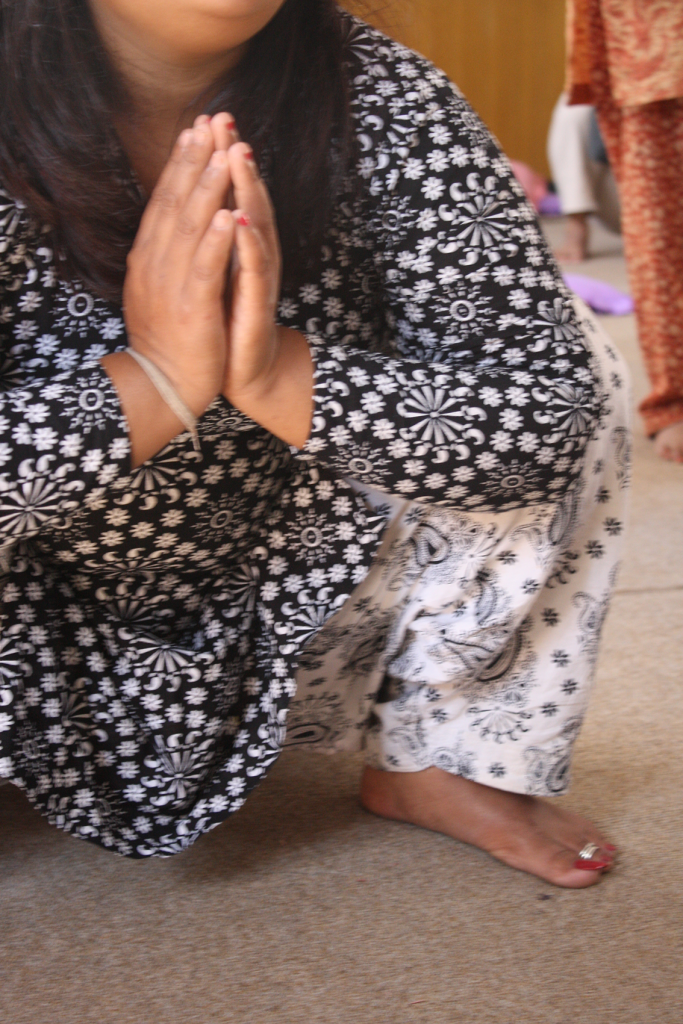“The memory of trauma is imprinted on the human organism…
I don’t think you can overcome it unless you learn to have a friendly relationship with your body”
– Bessel van der Kolk
What is Trauma Informed Yoga?


Yoga comes from the Sanskrit root meaning “to yoke” or “to join.” Yoga is not a religion. It is a physical practice derived from Hindu spiritual traditions.
Trauma-informed yoga is the physical practice of yoga postures, meditation and breath awareness that has informed trauma recovery and attachment theories, neuroscience and Hatha yoga.
Trauma-informed yoga is expertly designed to aid the recovery of those who have experienced complex trauma and post-traumatic stress disorder (PTSD), and draws from Somatic Experiencing TM , The Polyvagal Theory, and the Neurosequential Model of therapeutics (NMT).
What is Mindfulness?

Mindfulness is the act of focusing and paying attention to the present moment. It can involve sitting and focusing on a single thought or object. It can involve movement (i.e., walking or dancing) and paying attention to sights, sounds and sensations within the body. The aim of mindfulness is to observe feelings and experiences as they happen, without judgement or criticism.
At Art to Healing mindfulness is used to help women and girls to direct their attention to what is occurring within their bodies as they happen. The practice of mindfulness helps women and young girls who have experienced debilitating trauma to observe and connect to those experiences as they arise within their bodies.
For many women and young girls who have been abused and subjected to violence, their ability to connect with the sensations within their bodies has been lost. Mindfulness helps to re-train the brain to witness and recognize what is happening within the body, re-connecting to the sensations and develop vital self-compassion. This validation of their experience lends to self-worthiness and gaining vital self-esteem.
“Mindfulness not only makes it possible to survey our internal landscape with
compassion and curiosity but can also actively steer us in the right direction for self-care.”
― Bessel A. van der Kolk
Why Trauma-Informed Yoga & Mindfulness?


Trauma is both biological and physiological. Trauma affects the body in complex ways. For women and girls that have been raped, tortured and sexually abused, it is simply unsafe for them to feel the sensations within their bodies. It is unsafe for them to truly be in their bodies.
When the body cannot be inhabited, women and girls find it extremely difficult to heal the wounds of abuse. In healing trauma, it is vital to address the sensations within the body and to help women and girls to reconnect with their bodies in a safe and gentle way.
Trauma-informed yoga, together with mindfulness are tremendously effective in supporting women and girls to safely reconnect with their bodies. As we bring attention to the body and work towards healing through yoga and mindfulness, the healing of the mind and opening of the heart swiftly follow.
“Yoga has helped me to increase my self-care. Before practicing yoga, I was not connected to my body, and the idea of caring for myself. After participating in Art to Healing yoga programs, I have realised that I am also worthy of care and love from myself.” – Manju B.K, Nepal
Combining mindfulness based practices and trauma-informed yoga help those severely impacted by sexual abuse to:
• Calm their nervous systems, reducing debilitating stress and anxiety
• Re-awaken to subtle physical sensations
• Become fully present to the here and now
• Practice developing self-control and self-mastery to make powerful choices
• Create healthy, safe boundaries
• Connect to their unique strengths and inner resources
• Develop a direct, trusting relationship with their feelings and instincts





